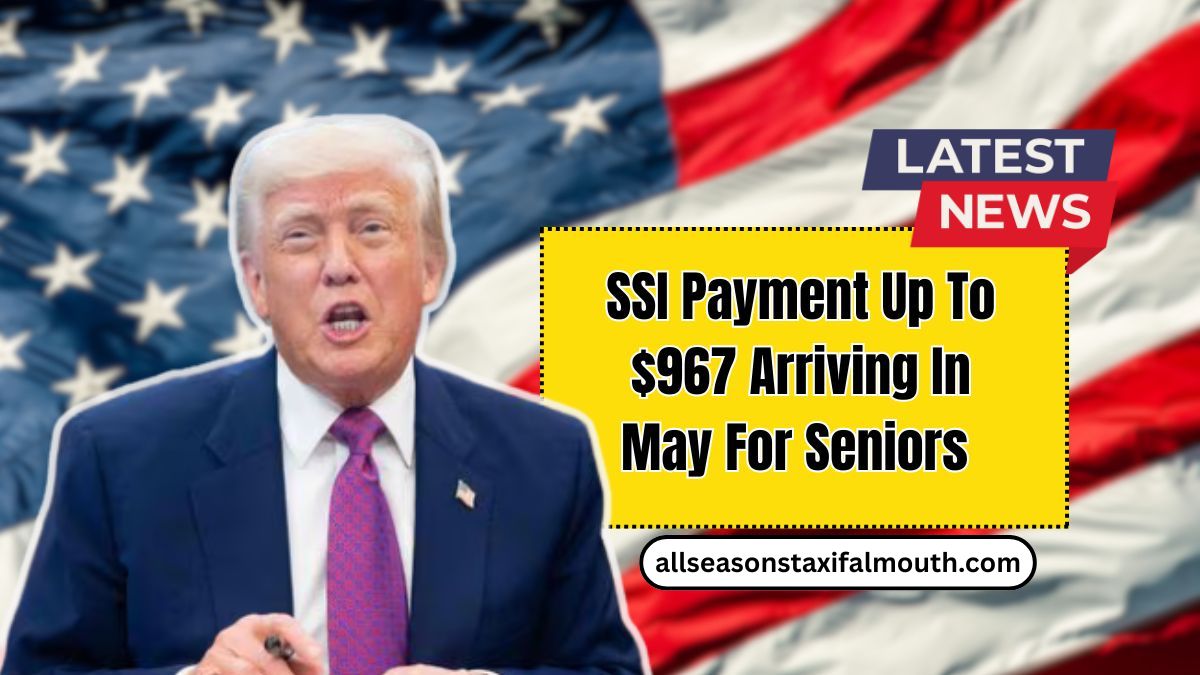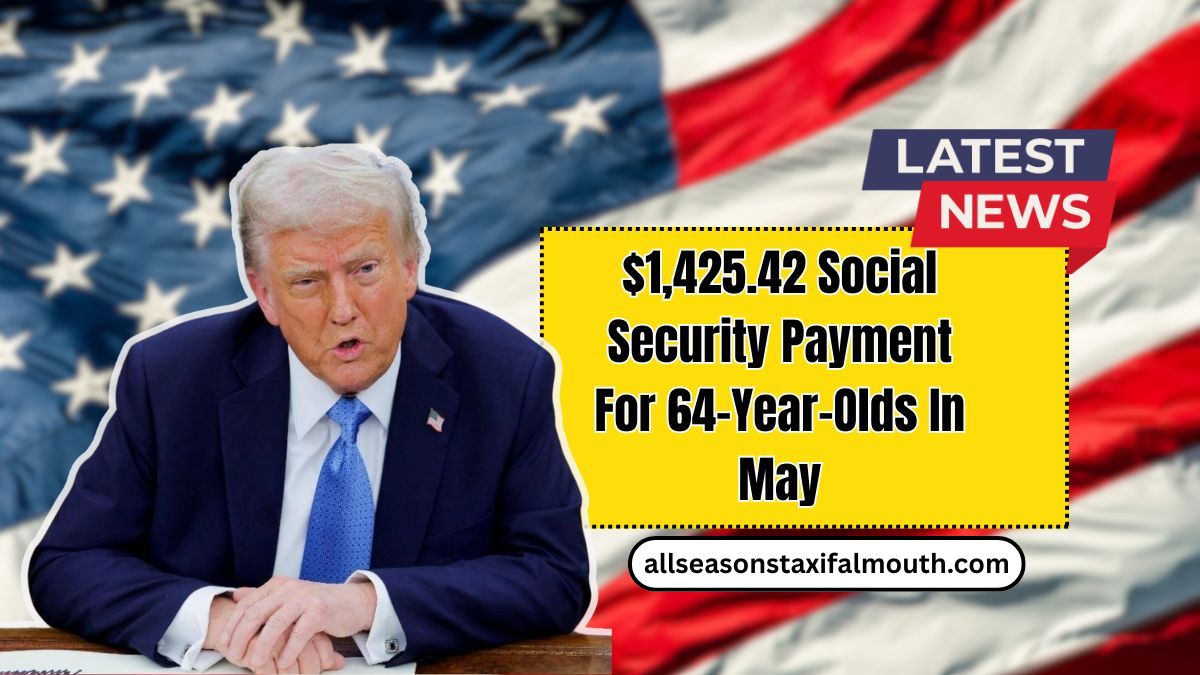₱2,200 Monthly Pension Approved In The Philippines – Are You Eligible?
Good news for thousands of Filipino retirees and public servants—a ₱2,200 monthly pension has been officially approved and is set to be distributed through the Social Security System (SSS) and the Government Service Insurance System (GSIS). This new development is part of the Philippines’ ongoing efforts to enhance social welfare, especially for the elderly, retired workers, and persons with disabilities. The pension will … Read more










